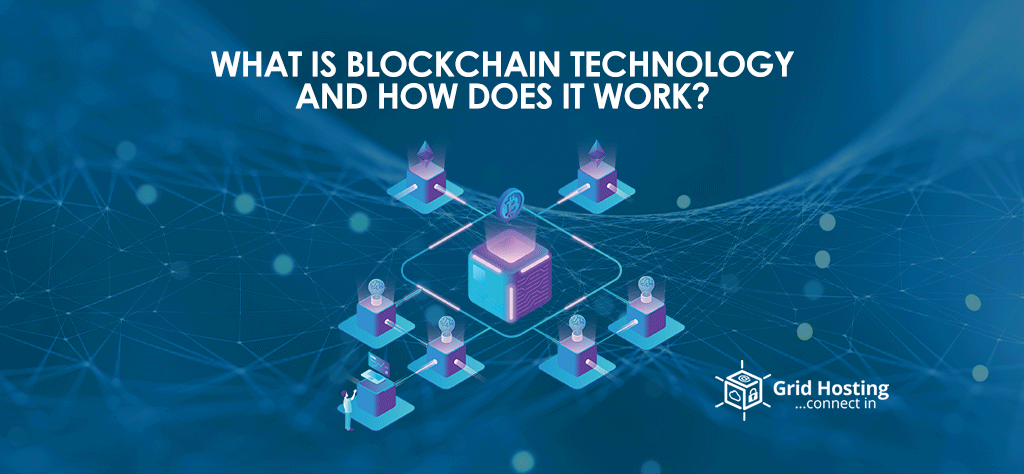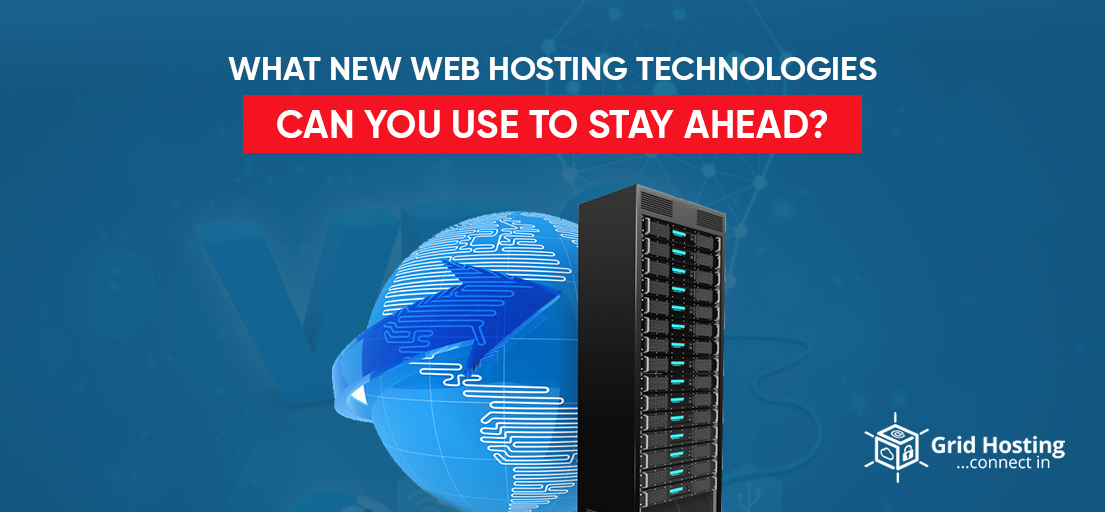Rapid advancement in technology has changed the way we use the internet. The world has gone digital and everything starting from a school assignment to business affairs has been shifted over the internet. There is always another side of the story which says that online availability of information can lead to potential threats. This means cybercriminals are waiting for the window of opportunity to hack your data and ask for money in return. With the existence of blockchain technology, companies can rest assured that their information is safe from these attackers.
You might wonder what is blockchain technology and how it can help your data remain secure. Well, we are here to explain things in detail to help you understand them. If we see blockchain it looks like a statement having no easy-to-understand meaning for a layman. With the passage of time blockchain technology has experienced fast growth and it depends on you whether you want to dig deep for the details.
If you are a new guy to the blockchain you will learn a lot from here and build a solid foundation of knowledge.
What is blockchain technology?
In a nutshell, blockchain refers to the practice of recording information over the internet which cannot be accessed or hacked by an unauthorized person. It is a digital ledger that divides online transactions around a computer’s network engaged in the blockchain. In other words, a blockchain is a structure where the users can store the record of transactions known as a block. The storage of such information in numerous databases is known as a chain.
Once you have stored all the transactional records every single transaction in this digital ledger is approved by a digital signature. Which is proof of the transaction’s authenticity and prevents it from potential threats. If we explain it in simple words, it will be like this
Think of a google spread sheet that is shared with multiple computers where the records of transactions are stored on the basis of actual purchases. Here the fascinating point here is everyone can see this data but cannot make changes.
Reasons Blockchain is popular
Let’s suppose you want to transfer some amount to your friends or relative. What you would do? Log in to online banking by adding your credentials. Once the amount will be transferred you will receive the alert over your mobile phone. This might look quite simple to you but that is exactly where we ignore a potential problem.
Here some technical experts can temper the whole transaction without letting you know. Individuals who are aware of these tactics often remain careful of using these transactions hence the rapid advancement of third-party payment applications. However, this loop hole is the reason why blockchain was created.
The popularity of blockchain is increasing with the passage of time. Still, a question rises here why blockchain has gained so much attention. we have to dig into details to answer this question.
Recording of information is an important part of any business which is often sent to other parties when required. These parties include bankers, brokers, and lawyers which require time and extra cost. While Blockchain allows you an easy opportunity to avoid such a long process and ensures faster movement of information from one end to another.
People often relate blockchain with bitcoin whereas both are not related to each other. Blockchain is a modern-day technology that supports multiple applications which include finance, manufacturing, and supply chain. On the other hand, bitcoin is a currency that relies on the blockchain for security.
Advantages of Block Chain Technology
-
Security
When your data is available online it is vulnerable and hackers can easily access it. Whereas, blockchain ensures that your data is highly secure. It uses a digital signature feature to ensure that no one can corrupt your data without having this particular digital signature.
-
Disperse System
When you want to do any online transaction, you might require permission from some regulatory authorities such as bank etc. while blockchain transactions are performed with mutual agreement of the users which ensure a safe and smooth digital transaction.
Drawbacks
As we all know blockchain uses public and private keys while performing transactions. In case a party somehow forgets the key, he has to face multiple problems. Another drawback of using blockchain technology is the scalability restrictions, as the number of transactions per node is limited. Because of this, it can take several hours to finish multiple transactions and other tasks. It can also cause problems while changing information after it is recorded.
How Does it work
You might have noticed many organizations have integrated with blockchain technology. But how does it work? is a significant question here. Let’s start clarifying things here
Actually, blockchain is based on three technologies which include cryptographic Keys, A peer-to-peer network having a shared ledger, and a way of computing to store the transactions and network records. There are two kinds of cryptographic Keys which include a public and private key.
The purpose of both keys to ensure a smooth transaction between two parties. Both parties have a key that is used to generate a digital entity. Which is a security aspect of the entire blockchain technology. Such a specific entity is known as a digital signature in the world of cryptocurrency.
The digital signature is integrated with a peer-to-peer network a lot of people who are the authorities use this digital signature to reach mutual consent regarding the transactions. At the time they perform a deal it is certified mathematically verified as well. As a result, there is a successful online transaction between two parties. Hence it is provided that blockchain uses cryptographic keys when it comes to performing online transactions over a person-to-person network.
You May Also Like to Read: How Blockchain Restores Data Management Systems
Blockchain Types
There are multiple types of blockchain which we are going to explore one by one in details
-
Private Blockchain Networks
As the name suggests private blockchain networks are operated on closed networks. Usually, private companies use this type of blockchain network. Companies can use private blockchains to customize their accessibility and authorization preferences, parameters to the network, and other important security options. Only one authority manages a private blockchain network.
-
Public Blockchain networks
You often hear about bitcoin and cryptocurrency both developed from the public blockchain networks. That also played a significant role in the popularity of distributed ledger technology. Public blockchain network assists in meeting certain challenges such as security issues. Distributed Ledger technology ensures that your data will be divided across a person-to-person network rather than being saved in a single location. Here an algorithm is used to evaluate the authenticity of the transaction
-
Permissioned Block Chain Networks
Permissioned blockchain or hybrid blockchain networks are actually private blockchain networks that are accessed by authorized individuals. Usually, multi-national organizations use these types of networks to get the best of both worlds.
-
Consortium Blockchains
Consortium blockchains are comprised of both public and private blockchain networks. According to the experts, these are the types of blockchain network that requires a high level of expertise when it comes to setting them up initially. However, they offer better security and allow smooth collaboration between two parties.
Blockchain Process
Blockchain technology’s cardinal feature helps in the confirmation and authorization of transactions. In case two parties want to Perform a transaction through public and a private key. The first one has to attach the transaction details to the public key of another person. The entire information is then collected in a dedicated block.
Blockchain has a time stamp and other relevant information you should keep in mind that a block does not has information of the parties involved in a transaction. Once the information is sent into a block using a key it will travel through multiple nodes. Here the relevant key holder will be the person who can receive and access it using his key.
You have known enough about the blockchain and you might want to know further about its pros and cons. Here we are going to explain the benefits and drawbacks of blockchain technology.
For Special discounts and offers, visit our official Facebook Page.







